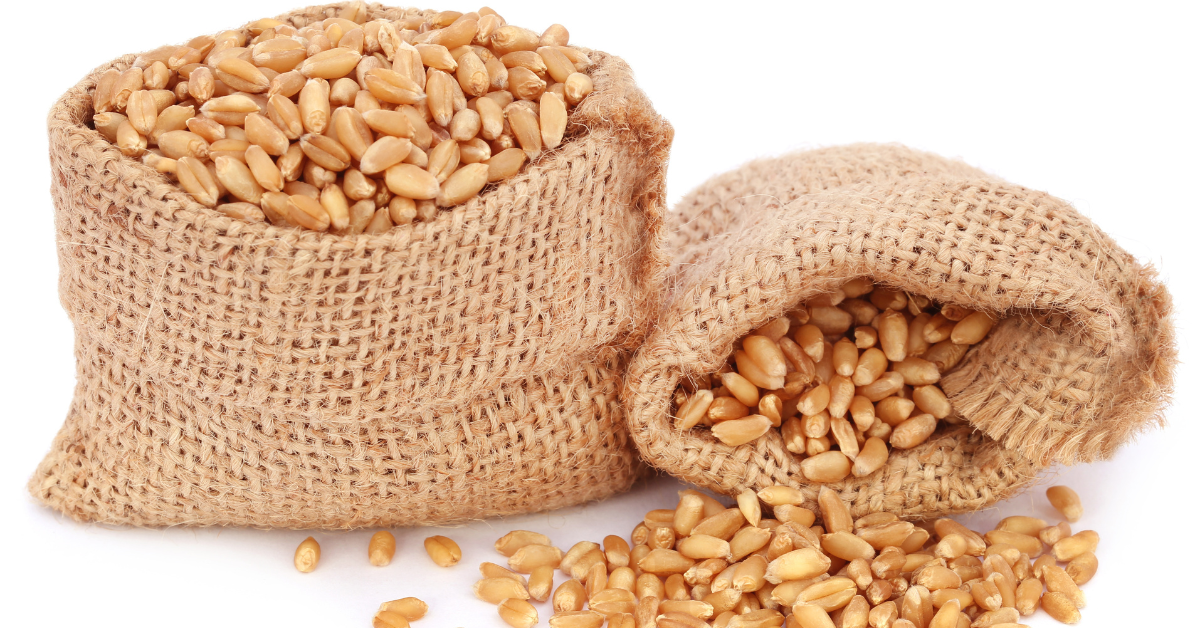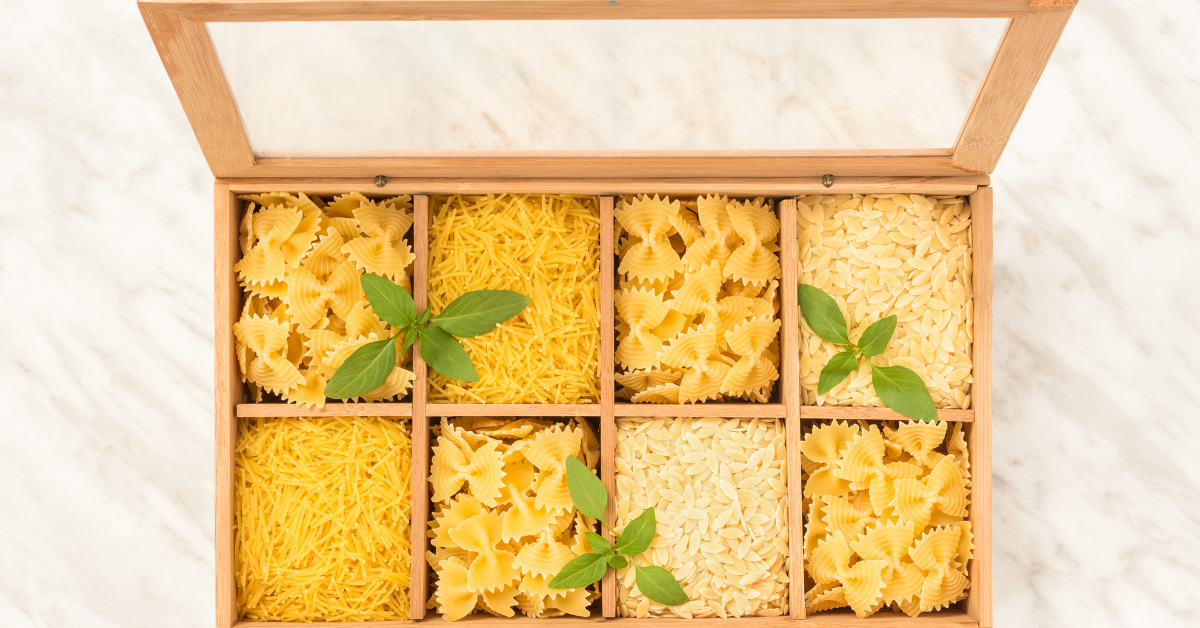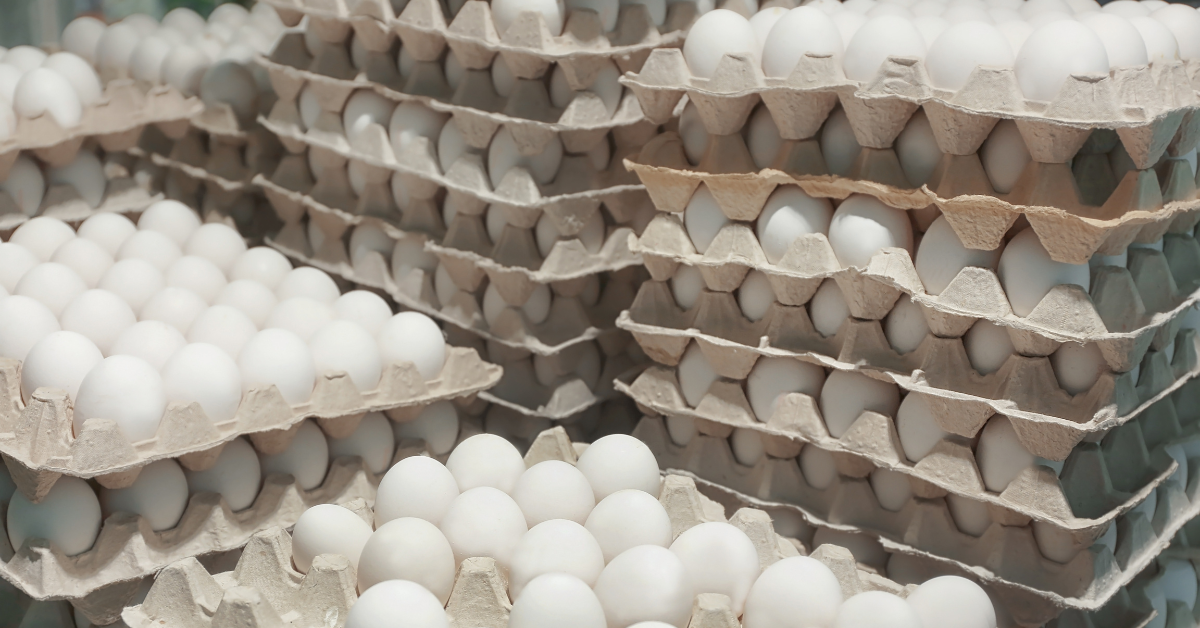There's a lot of debate on whether freeze dried vs dehydrated food is the best for long term storage. Properly prepping an adequate cache of food for an emergency takes time and planning. You have to think about the number of people you want to feed, how many calories per day these people will require, the nutritional value of the food, the variety of the food on the menu, and so much more. But perhaps the most important thing to consider is shelf life, and how the food is preserved, whether from freeze drying or dehydrating makes a big difference.

Defining Freeze Dried vs Dehydrated Food: The Essentials
Both freeze-dried and dehydrated foods maintain their nutritional content. Your body will still benefit from the valuable nutrients even after months (and years) of being stored away. This is why freeze-dried and dehydrated foods can be so helpful duringgrocery store food shortages when grocery stores become unreliable.Storing garden vegetables or foods in acooler can also help in preserving foods.
However, since freeze-drying removes more water, freeze-dried foods naturally have a longer shelf life than dehydrated food. Shelf life is another critical aspect to consider when examining the freeze drying vs dehydrating debate.
While both processes offer extended shelf life, freeze dried food shelf life is generally longer due to the thoroughness of moisture removal. This enhanced longevity makes freeze-dried food a popular choice for emergency food storage, particularly when planning for long-term scenarios. However, you can (and we do!) use high-barrier packaging and oxygen absorbers to boost the freeze dried food shelf life of dehydrated food, helping it to also reach that goal of a stable 25 year freeze dried food shelf life.
What is Freeze Dried & Dehydrated Food?

When discussing dried food, it’s not uncommon to hear freeze-dried and dehydrated be used interchangeably. The reason is that the end product from freeze drying and dehydrating seem similar. With both techniques, you get shelf-stable, nutritious food lasting 25 years, at least if it's prepared and stored properly. However, the process couldn't be more different.
Dried food includes booths freeze-dried and dehydrated foods. If you boil it down, dried food just means that the water content of the food has been removed or drastically reduced. Therefore, all freeze-dried and dehydrated food is dried food, but not all dried food is dehydrated or freeze-dried.
So then, what makes freeze-drying and dehydrating food so unique? Well, let us get into the nuances.
Comparing Freeze Drying vs Dehydrating: Key Factors to Consider
The differences between freeze-dried and dehydrated food become more apparent when you focus on four categories:
- Equipment
- Texture
- Nutrition
- Cost
[product_render product-handle="freeze-dried-meat-6-pack"]
Equipment for Freeze Drying or Dehydrating
The process for freeze drying vs the process for dehydrating is very different. The equipment you need to freeze-dry food is relatively modern. Freeze dryers were initially created in the 1900s as a way to preserve blood plasma, medicines, and food.
When food is put in a freeze drier, it is subjected to frigid temperatures. Once the food is frozen, a vacuum is formed around the food by pumping out all the air. Then, the temperature is slowly raised so that the water in the food can sublimate. Sublimation is a chemical process whereby frozen liquid converts to vapor and evaporates without first transforming back into liquid. After the sublimation process, about 99% of the water content in the food is removed.

On the other hand, you technically only need heat and airflow to dehydrate food. In fact, humans have been dehydrating food via sun drying since antiquity.
However, nowadays food preppers more commonly use electronic dehydrating machines. Dehydrators rely on fans and hot temperatures to dry out foods. In other words, dehydrators push hot air over the food to dehydrate it. Dehydrators typically reach temperatures between 95 and 165 degrees Fahrenheit. When properly dehydrated, between 90% and 95% of the water content in the food can be removed.
Typically, freeze-drying machines are much more expensive than dehydrators. Therefore, freeze-drying is usually a commercial process. However, dehydrators are much more affordable and are used a lot in home kitchens.
Preserving the Texture in Dehydration vs Freeze Drying: What's the difference?
We know that freeze-drying and dehydrating result in an end product that is almost entirely void of moisture. Knowing this, we might assume that the texture of the dried food would be similar.
You might think that freeze-dried fruits and freeze dried vegetables must indeed have the same texture as dehydrated ones, right? Well, actually, the textures produced in freeze drying vs dehydrating are very different.
Freeze-dried food is more porous than dehydrated food. They have an almost airy texture. A freeze-dried apple slice feels like it might crumble if you squeeze it between your fingers. If you devour freeze-dried food, it comes with a crunch. Whereas if you eat it more slowly, the moisture in your saliva rehydrates it making it almost melt away in your mouth. Freeze dried fruits especially are a joy to eat, like fruity, sweet chips.
On the other hand, dehydrated food is more brittle. The end product is substantially tougher than before it was put in the dehydrator. Dehydrated food typically shrinks throughout the process and comes out with a leathery texture.
Comparing the Nutrition of Freeze Dried vs Dehydrated Foods

Both freeze-dried and dehydrated foods maintain their nutritional content. Your body will still benefit from the valuable nutrients even after months (and years) of being stored away. This is why freeze-dried and dehydrated foods can be so helpful during grocery store food shortages when grocery stores become unreliable. Storing garden vegetables or foods in a cooler can also help in preserving foods.
However, since freeze-drying removes more water, freeze-dried foods naturally have a longer shelf life than dehydrated food. However, you can (and we do!) use high-barrier packaging and oxygen absorbers to boost the shelf-life of dehydrated food, helping it to also reach that goal of a stable 25 year shelf life.
Analyzing the Cost of Freeze Drying vs Dehydrating: Is freeze drying the same as dehydrating?
For the most part, freeze-dried food is more expensive than dehydrated food. This is because the freeze-drying process takes more time and is more meticulous. Freeze-drying food can take upwards of 40 hours for a single batch!
The equipment for freeze-drying food is also more expensive. For that reason, freeze-dried food is often a commercial endeavor. However, dehydrating food is much easier to do at home.
With that being said, a lot of bulk food storage is very cost-efficient.
In Conclusion: Freeze Drying vs Dehydrating
Freeze-drying and dehydrating food is not the same thing. The processes for each are very different despite rendering similar results. Depending on your food preparation style, one strategy may work better for you than the other. But with either food preparation technique, you’ll get nutritious and long-lasting food.
So to sum things up, have a look below.
|
Freeze-Dried Food |
Dehydrated Food |
|
Typically more expensive |
Typically more affordable |
|
Removes upwards of 99% of the water |
Removes between 90 and 95% of the water |
|
Higher volume |
Less volume |
|
Longer shelf life |
Needs help to reach a longer shelf life |
|
Harder to do at home |
Easier to do at home. |

Ultimately, when it comes to the freeze dry vs dehydrated food question, the choice largely depends on your individual needs and circumstances. Both offer long-lasting, nutrient-rich food options that can be invaluable during emergencies or when planning for long-term food storage.
At Valley Food Storage, we specialize in both freeze-dried and dehydrated foods. We are passionate about helping you prepare long-lasting and delicious emergency food just in case disaster strikes.
Interestingly, one of the major factors that distinguish freeze drying from dehydrating is the timeline. Although both processes lead to a similar end product – food that can be stored long term, the time taken varies considerably. Freeze drying typically takes 24 to 48 hours, while dehydration can be completed in just a few hours to a day, depending on the type of food and the size of the pieces being dehydrated. The difference in timelines is a crucial consideration for those looking to preserve large quantities of food, especially in situations where time is of the essence.
So, is freeze drying the same as dehydrating? The answer is clear: while both processes aim at preserving food for the long term, they differ in methods, outcomes, and usage. Understanding these differences can help you make an informed choice about which food preservation technique to use, whether you're planning for a camping trip, building an emergency food supply, or simply looking to extend the shelf life of your home-cooked meals.
If you have any questions, please don’t hesitate. You can speak with a Valley Food Storage expert and start your food prepping journey today.




